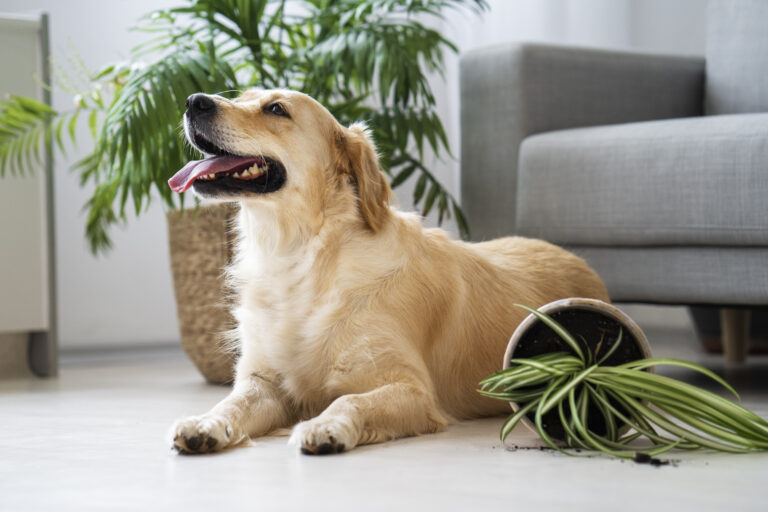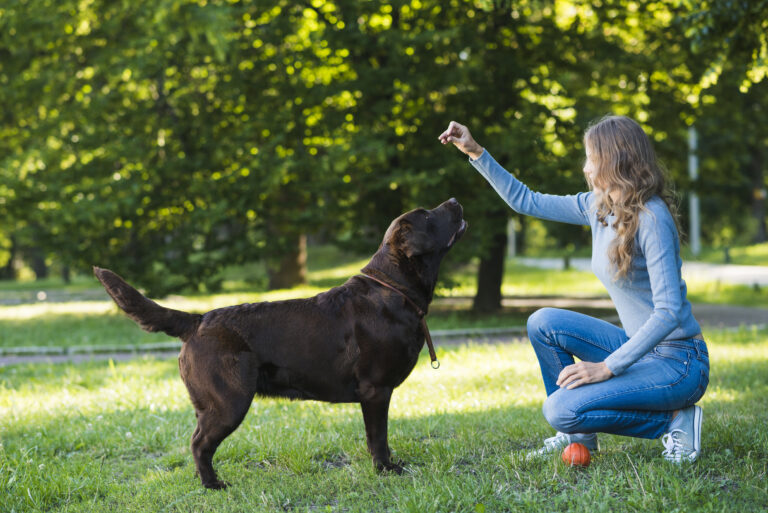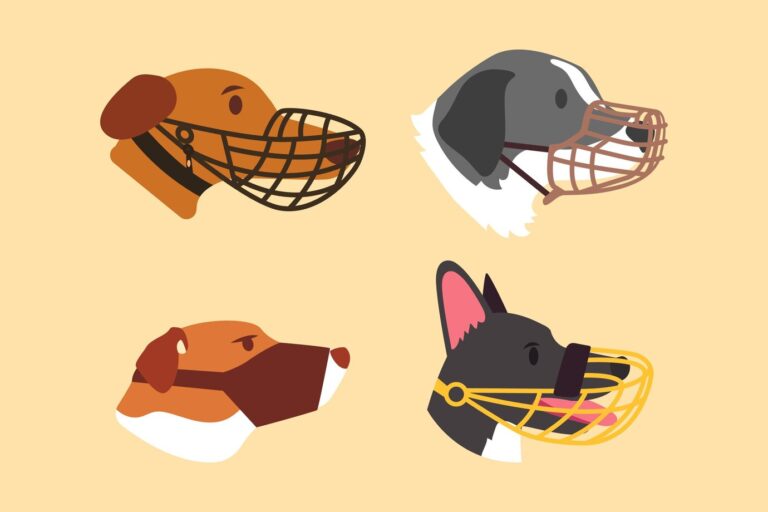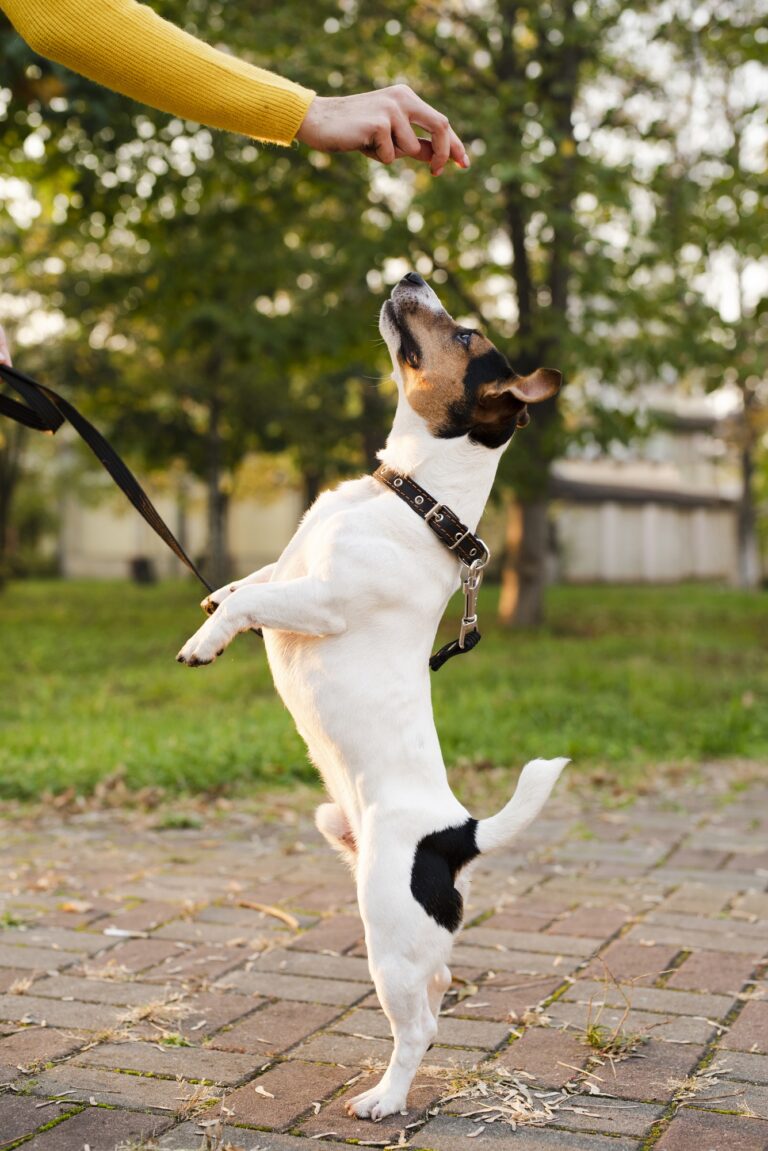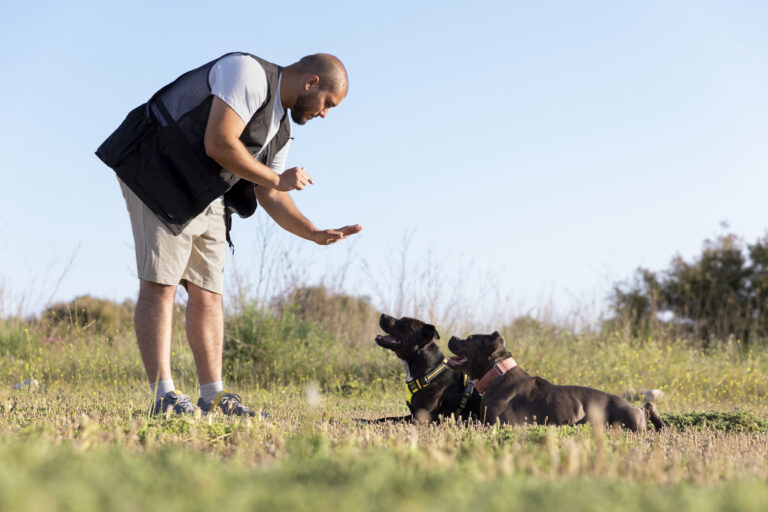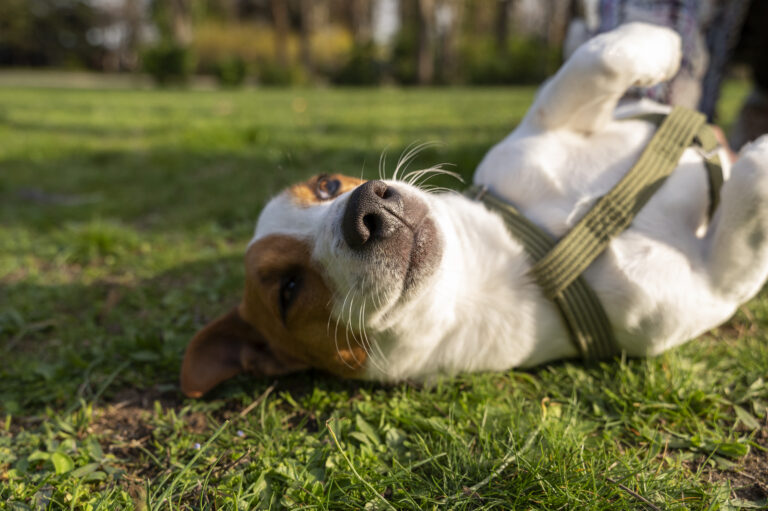THE BIGGEST MISTAKES DOG OWNERS MAKE WITH REACTIVE DOGS
- Failure to properly socialize dogs early on, leading to heightened reactivity.
- Ignoring subtle warning signs of stress or discomfort before reactions escalate.
- Inconsistent training methods that confuse the dog and worsen behaviors.
- Neglecting environmental management, exposing dogs to too many triggers.
- Overlooking potential medical issues that may cause reactive behavior.
Top Mistakes Dog Owners Make with Reactive Dogs
Lastly, neglecting environmental management can worsen reactivity. If a dog is constantly exposed to triggers without any management or training, their reactivity may increase. Learning how to create a calm, controlled environment helps them feel safer. It is nearly impossible to avoid known triggers and use barriers or distractions to manage unavoidable situations. Proper training and management is a big step toward reducing reactive behavior.
1. Lack of Proper Socialization
2. Ignoring Early Warning Signs
3. Inconsistent Training Methods
4. Neglecting Environmental Management
- Identify and reduce triggers in the home.
- Make sure the dog has had enough activity and stimulation to be calm and comfortable.
- Create safe spaces where the dog can retreat.
- Maintain consistent routines and schedules.
- Limit exposure to stressful situations outside the home until the dog is ready.
Finally, monitoring your dog for signs of stress is vital. This includes watching for body language clues and unusual behavior. Implementing changes based on these observations can improve the dog’s comfort. Adapting the environment to meet the dog’s needs helps in managing reactivity. Proactive management leads to a happier, more balanced pet.
5. Overlooking Medical Issues
- Schedule regular veterinary exams.
- Monitor for sudden changes in behavior.
- Investigate possible pain sources.
- Discuss any concerns with veterinary professionals.
- Implement prescribed treatments or adjustments. Ignoring medical issues can worsen a dog’s reactivity and overall health. Chronic pain or untreated conditions can lead to ongoing behavioral problems. Owners should remain vigilant and proactive about their dog’s health. Regular monitoring and swift response to health changes are vital. Ensuring medical issues are managed contributes to better behavior.

Effective Strategies to Manage Reactivity in Dogs
- Implement desensitization exercises.
- Use proper reinforcement and training consistently.
- Create structured routines and environments.
- Consult with a professional behaviorist if needed.
Impact of Reactive Behavior on Dog and Owner
A supportive and understanding environment aids both dogs and owners. Engaging in community support groups or classes can be beneficial. Shared experiences and advice from other dog owners provide comfort. Building a network of support enhances the coping mechanisms for both dog and owner. Mutual support is valuable in managing reactivity.
Role of Professional Behaviorists in Addressing Reactivity
- Individual behavior assessments
- Customized training plans
- Desensitization exercise.
- Proper reinforcement methods
- Continuous support and adjustments
The cost of hiring a behaviorist can be a worthwhile investment. The long-term benefits include a happier, less reactive dog. Addressing behavior issues early can prevent more severe problems down the line. A behaviorist’s expertise offers targeted solutions for lasting results. Investing in professional help is beneficial for both dog and owner.
Case Studies: Successful Rehabilitation of Reactive Dogs
Frequently Asked Questions
1. What are the early signs of reactivity in dogs?
Early signs of reactivity in dogs can include stiff body posture, intense staring, and low growling. These behaviors indicate discomfort and are usually precursors to more aggressive reactions.
2. How can socialization help reduce reactivity in dogs?
5. How does a consistent training routine benefit reactive dogs?
Conclusion
Creating a stable, positive environment is crucial. With commitment and proper management, even highly reactive dogs can learn to navigate their world calmly. This not only strengthens the bond between dog and owner but also ensures a happier, healthier life for both.





